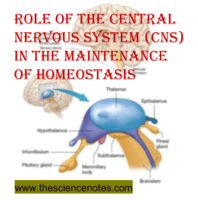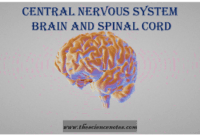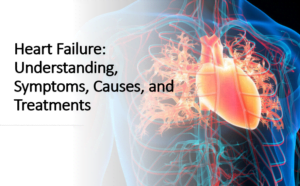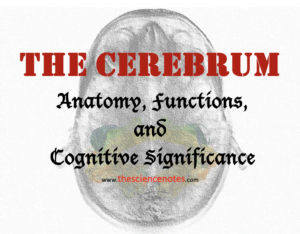
The Autonomic Nervous System: Master Regulator of Involuntary Function
The Autonomic Nervous System controls the body’s involuntary functions—like heartbeat, breathing, and digestion—without us even thinking about it. This guide breaks down how it works, its two main branches, and why it's essential for keeping us balanced and alive. Read more








